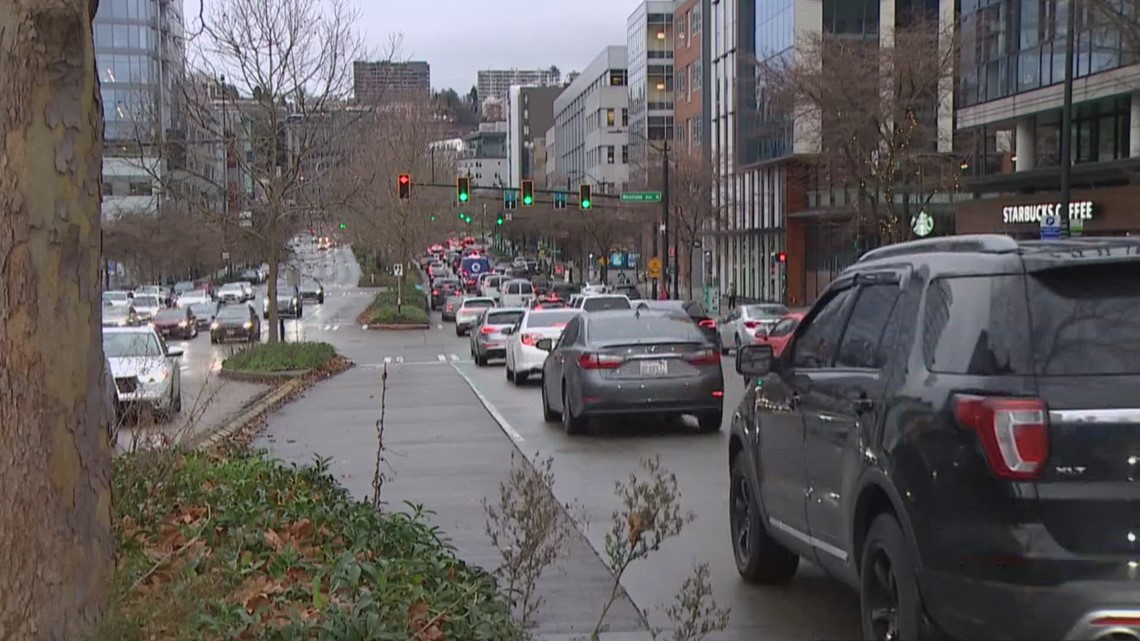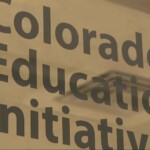With the goal of reducing wait times at traffic lights and decreasing carbon emissions, the City of Seattle partnered with Google’s Project Green Light.
Seattle has become the inaugural location in North America to implement Google’s innovative AI technology aimed at optimizing traffic flow. The collaboration between the Seattle Department of Transportation and Google commenced in late 2022.
Google’s cutting-edge technology is anticipated to minimize wait times at traffic signals in Seattle, consequently reducing carbon footprints. Residents of South Lake Union expressed the necessity for these traffic improvements.
Nayana Sharma, an individual working in South Lake Union who monitors traffic on Mercer Street, expressed dissatisfaction with the current situation, stating, “It’s very poor.” She highlighted the prolonged wait times and lack of synchronization at traffic lights.
Seattle now stands as the second city in North America to leverage Project Green Light, an advanced system developed by Google, signaling potential enhancements in traffic signal operations. By utilizing AI and Google Maps, Project Green Light aims to enhance traffic flow at intersections across the city.
Among the approximately 1,200 signalized intersections in Seattle, Project Green Light’s recommendations have been implemented at specific locations, including:
- NW Market Street at 15th Ave NW in Ballard
- NW 53rd St. and 15th Ave NW in Ballard
- N 80th St. and Greenwood Ave N in the city
Juliet Rothenberg, the product lead for climate AI at Google, explained that Green Light utilizes AI and Google Maps data to analyze traffic patterns and offer suggestions for optimizing traffic signal operations.
City planners can swiftly adopt these recommendations, monitor their impact, and witness tangible results within weeks, thanks to AI-driven insights. These adjustments are poised to usher in a wave of green lights, enhancing traffic flow and reducing start-stop emissions, thereby contributing to cleaner and greener urban environments like Seattle.
Google highlights that pollutant levels can be significantly higher on roads compared to empty streets, with 50% of emissions stemming from acceleration after stops.
Joshua Doty, another South Lake Union worker who closely follows traffic developments, emphasized the importance of maintaining consistent traffic flow to reduce pollution, stating, “Cars get better mileage when they are empty or keep a rate of speed, so if you could keep the flow of traffic at an even level you would definitely lessen pollution.”
Given the experimental nature of this project, the community has been granted complimentary access to these advancements.






